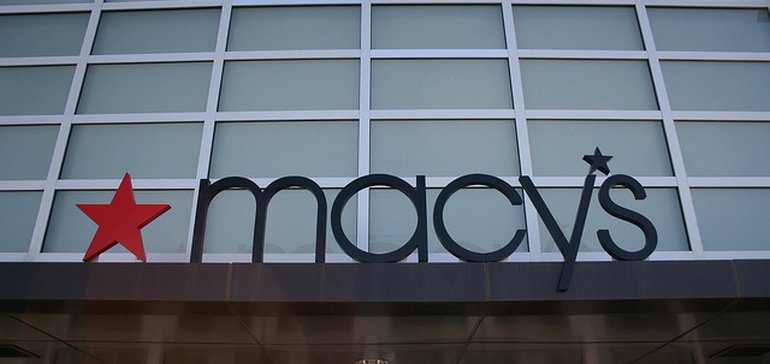Brief:
- Macy’s expanded tests of mobile checkout and product displays that use augmented reality (AR) and virtual reality (VR) in Q1 this year, according to an earnings call with investors on May 16. The department store chain piloted using VR in its furniture stores to display more items in less space, and found that the tech “significantly increased” transaction size and reduced returns. Macy’s plans to roll out this feature to 60 more stores this year.
- The company also said plans remain in place to expand its Scan, Pay, Go mobile checkout to every store by the end of 2018 after a successful pilot earlier this year. The feature lets customers scan items with the Macy’s app and a smartphone camera, pay with a store credit card and visit a specific counter to get a bag and have security tags removed, CEO Jeff Gennette said on the call.
- The chain’s sales jumped in Q1, with revenue rising 4.2% from the prior year, when retailers were in a deep rut of plunging sales, store closings and bankruptcies.
Insight:
Macy’s surprised investors with sales growth that indicated the chain’s holiday momentum may have carried into the first three months of the new year. This was likely partially due to the company’s integration of tech like mobile checkout and AR/VR to enhance shoppers’ in-store experience.
Macy’s success with Scan, Pay, Go highlights how consumers are beginning to adapt to nontraditional checkout methods in stores. However, this announcement comes just one day after another major retailer, Walmart, said it would end its Scan & Go mobile checkout. According to CBC News, it was challenging for Walmart shoppers to bag, weigh and scan items like produce, causing most to head to traditional checkout counters. But for a department store like Macy’s, mobile checkout is likely less of an inconvenience for shoppers who pick up items like clothing and accessories, not fruits and vegetables that must be weighed and bagged.
Furniture, on the other hand, is a high-margin business that has lasting appeal for a department store like Macy’s, but furnishings typically require large showrooms to immerse customers in the look and feel of couches, recliners and dinner tables. What’s unique about the company’s announcement to expand its VR furniture showrooms to 60 more stores this year is that the tech has helped Macy’s to display a full range of items in half the space that it would normally require. VR provides a visually immersive experience of how furnishings look in a computer-generated environment, while AR lets people use their smartphones to see 3D renderings of furniture in their homes. Macy’s is among the companies like Ikea, Wayfair, Crate & Barrel and Home Depot that have introduced AR-enabled apps with these features in the past year.
AR and VR are still in a nascent stage, though they hold a variety of opportunities to help retailers interact with their customers. Much of the use cases so far have been more about entertainment as developers experiment with the new tech. What will make the tech stickier among consumers are more practical applications that people can draw value from beyond gaming. About two-thirds (61%) of consumers in an Accenture studysaid they’d like to use the technology to visualize how clothes might fit, while 54% want to use it to shop for household items and furniture.
Macy’s results outpaced broader trends for the U.S. economy, although the retailer was working its way out of a deep hole. Consumer spending grew at a 1.1% pace in the January-March quarter, the slowest in nearly five years, per Reuters. Economists cited the slowdown in consumer spending in Q1 on delays in processing tax refunds. But there are signs that things are improving, with U.S. retail sales rising 4.7% in April from a year earlier.

